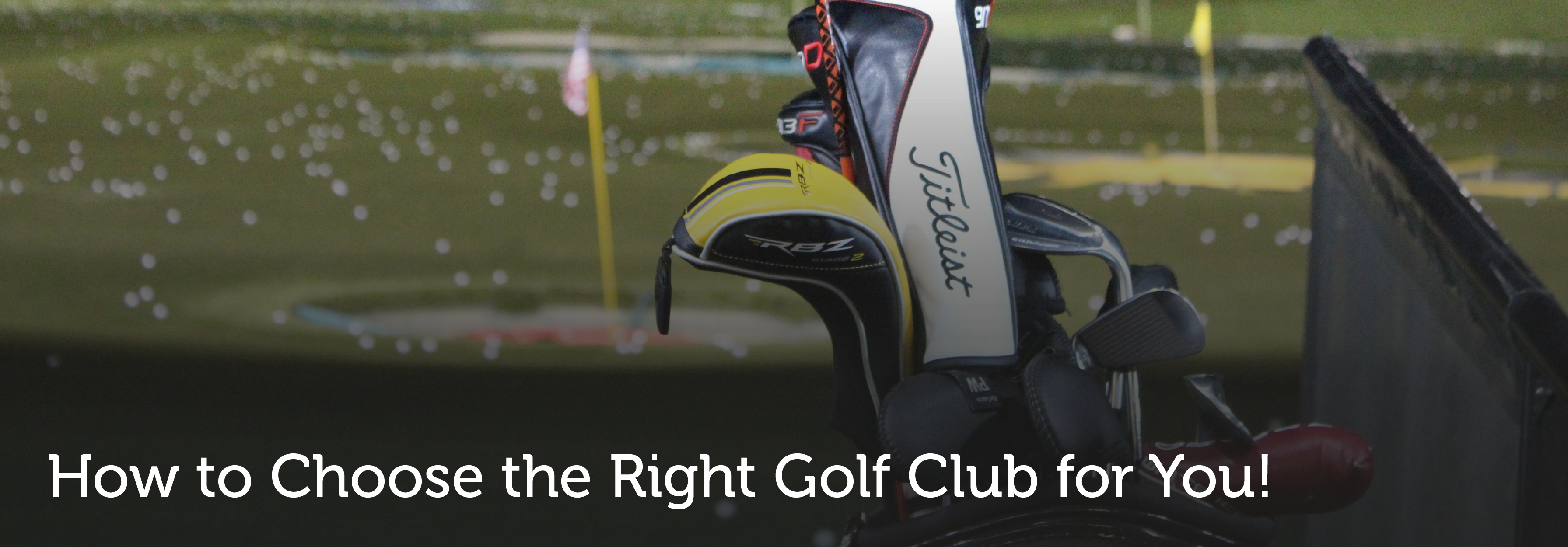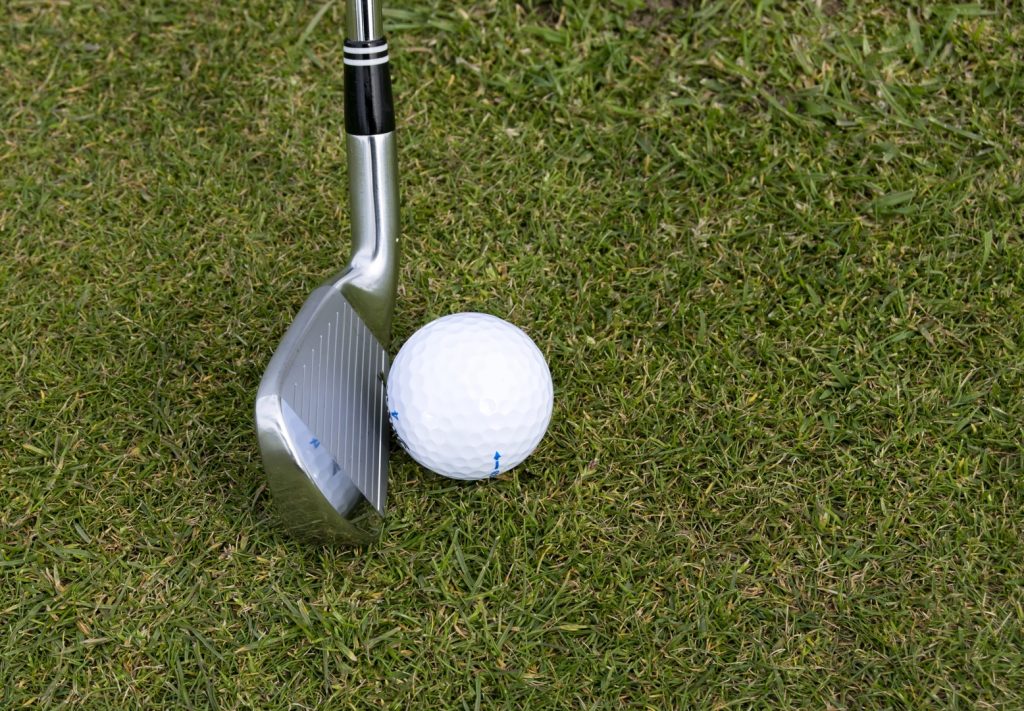
These Rules Can Get You in Trouble. Golf’s Weirdest Rules!
If you’ve ever been the victim of your ball falling off the tee and had someone merrily call “one”, you will know only too well the frustration and, often, confusion, the rules of golf can cause.
Regulated by the R & A, you could say that golf is a well-governed sport, with countless eventualities being covered by the Rules of Golf. With so many rules, you would think playing golf would be easy yet there are still plenty of situations that leave your average golfer scratching their head.
With the arrival of the new golf season, we’ve shared some of the strangest golf rules to help you stay out of trouble on the green.
Situation 1 – Hide & Seek
As usual, your ball has ended up in a bunker. On the first inspection, you think your ball has completely vanished, and there is no trace of it in the hazard. However, after further searching, you realise that your ball is in the hazard, but has somehow been buried in the bunker. What do you do?
According to Rule 12-1a, if your ball is believed to be covered by sand to the extent that you can’t find or identify it, you can touch or move the sand in order to find or identify your ball without penalty.
However, if your ball is found and identified, you must re-create the lie as accurately as possible.
Under this Rule, you are permitted to leave a small area of your ball uncovered and visible.
Situation 2 – Something in the Wind
You’re lucky enough to be playing a links course in Ireland (see some of the best links courses in Ireland here) and about to take your turn when a gust of wind moves your ball. Under Rule 18, the wind is not an ‘outside agency’ and therefore you should play from where it came to rest. However, if your ball is moved by artificially propelled air, you must replace your ball without penalty. No fans on the green, please.
Speaking of wind, how do you test wind direction without being disqualified? Picking and throwing grass into the air, a handkerchief or the smoke from a cigar or cigarette are all allowed under Rule 14-3. However, a ‘windsock’ would not be compliant as its sole purpose is to measure conditions that may affect your play.
Situation 3 – Tools of the Trade
You’re about to tee off when you notice some dirt on your Driver. Under Rule 4-2, you can spit on your clubface before playing a shot to clean it. However, if it is your intention to influence your ball’s movement and reduce spin to hit an opponent’s shot, you would fall foul of Rule 4-2b.
You’ve finally perfected your swing, but your club lets you down with the clubhead falling off. However, depending on when the clubhead fell off, you might be able to retake the stroke. Whilst your clubhead falling off during the backswing of a completed swing which misses the ball doesn’t count as a stroke, if the situation occurred during the downswing it would count (Rule 4-2 & 4-3).
Situation 4 – Current Situation
You’re enjoying a golf holiday in the Algarve and are having a round at Quinta de Cima Golf Course. Things were going great until your ball landed in the stream with permeant flowing water on the 5th hole. What happens next?
Under Rule 14-6, you have two options. You can either hit the ball whilst it’s still moving or take a stroke. However, you must ensure that you don’t delay play in order for the current to move your ball into a more beneficial position.
Situation 5 – Snake in the Grass
Guaranteed to cause confusion on the course, ‘loose impediments’ are defined by the R & A as natural objects such as stones, dung and insects that are not fixed, growing, solidly embedded or adhering to the ball. Whilst this might sound simple, in practice, it’s anything but.
Let’s talk about fruit first. Unsurprisingly, a half-eaten apple is considered a loose impediment regardless of whether there are any apple trees close by. However, if your ball becomes embedded inside an apple or any other piece of fruit, you must play the ball as it lies or declare it unplayable and face the penalty (Rule 23-10).
Whilst you can’t usually control wildlife, you can sometimes remove them. Whilst a dead snake would be treated as a loose impediment and can be removed, a live snake is classed as an ‘outside agent’ and therefore cannot be moved before continuing play (Rule 23).
Situation 6 – A Prickly Situation
Whilst visiting Tenerife in the Canary Islands, you play a round at Golf Del Sur. Whilst admiring the incredible sea views, you lose concentration and your ball lands next to a cactus. What do you do?
According to the Rules, you can wrap an arm or leg in a towel to protect yourself from the needs whilst playing your shot but can’t cover the cactus with the towel (Rule 1-2/10).
Situation 7 – An Inside Job
Under Rule 24-2b/14, if your shot ends up inside the clubhouse, and the clubhouse isn’t considered out-of-bounds, you can open a window or door and play your next shot without a penalty.
Similarly, if you hit your ball under a parked car, but can readily move the car, the car is treated as a movable obstruction and moved. However, if it can’t be moved, it is classed as an immovable obstruction and you are entitled to free relief (Rule 24-2b).
Situation 8 – The Forgetful Friend
You’re playing a round with your golf buddies and have just finished playing a hole. Whilst moving to the next one, you realise that you left your putter at the previous hole. Of course, you return back to the hole to get your putter, but will your forgetfulness earn you a penalty?
Unfortunately, you’ve fallen victim to Rule 6-7 (Undue Delay) and will be subject to loss of hole in match play or two strokes in stroke play (6-7/1).
Situation 9 – A Sticky Situation
Your ball has landed in the bunker and, following a recent rain shower, you’re playing from wet sand. As you take your stroke, the ball becomes stuck to the face of your club because of the wet sand.
Thankfully, the Rules offer a logical solution with Rule 1-4/2 allowing you to drop the ball, without penalty, as near to the spot where the club was when the ball becomes stuck.
Situation 10 – Anger Management
You are playing a round of golf on a golfing holiday in the Vilamoura. Whilst playing the course, you are nearly struck by a ball played by a player in the group behind you. In anger, you hit the ball back towards the group. Has your moment of madness resulted in a penalty?
Yes. Unfortunately, you should incur the general penalty of loss of hole in match play or two strokes in stroke play (Rule 1-4/4).
Angry at your penalty, you break your putter. In a bid to recover from your disadvantage, you buy a new one in the Pro Shop after the first nine holes and use it for the rest of the round. However, as long as you started the round with 13 clubs, you are entitled to add another club under Rule 4-4a and so will escape further penalties.
We hope these situations have entertained and educated you on some of the strangest rules in golf.
Test your newfound knowledge on your next golfing holiday
If you plan on testing your new knowledge on your next golfing holiday, let Golf Drives take care of all your transfer needs. Golf Drives will transfer you from the airport to your hotel, from your hotel to the course, and back again! Get an instant quote today for your own specific golf holiday requirements.










 Crucial to post a good score, choosing the right wedge can help improve your game dramatically.
Crucial to post a good score, choosing the right wedge can help improve your game dramatically.




















